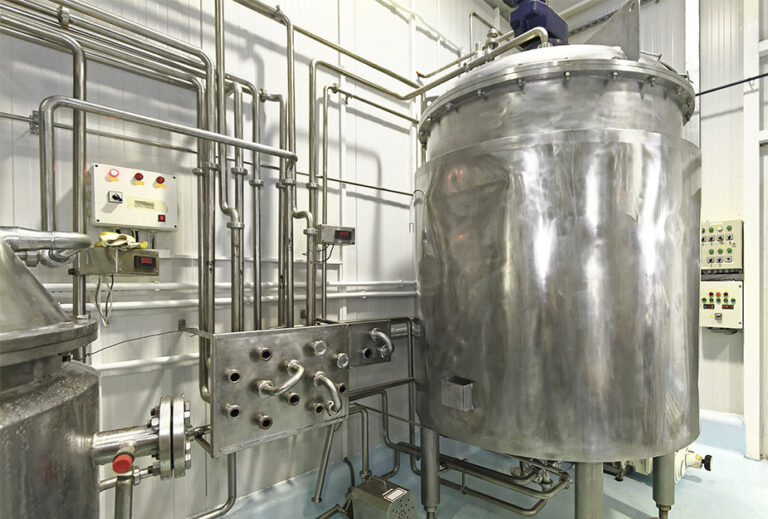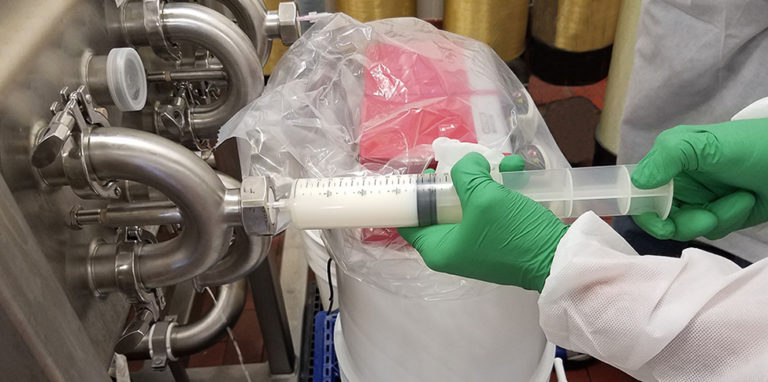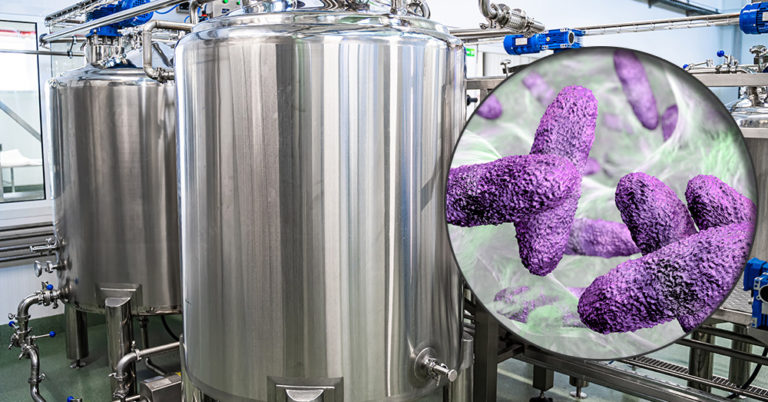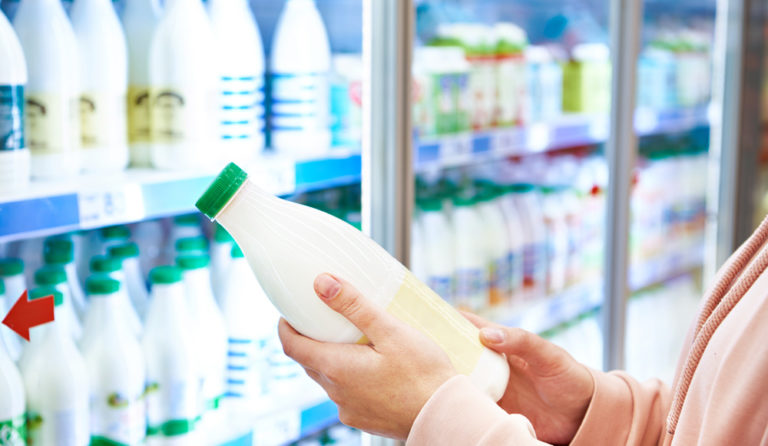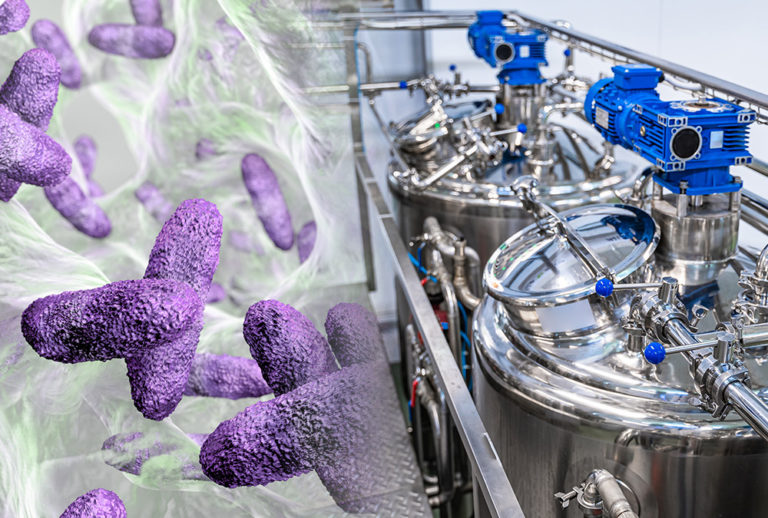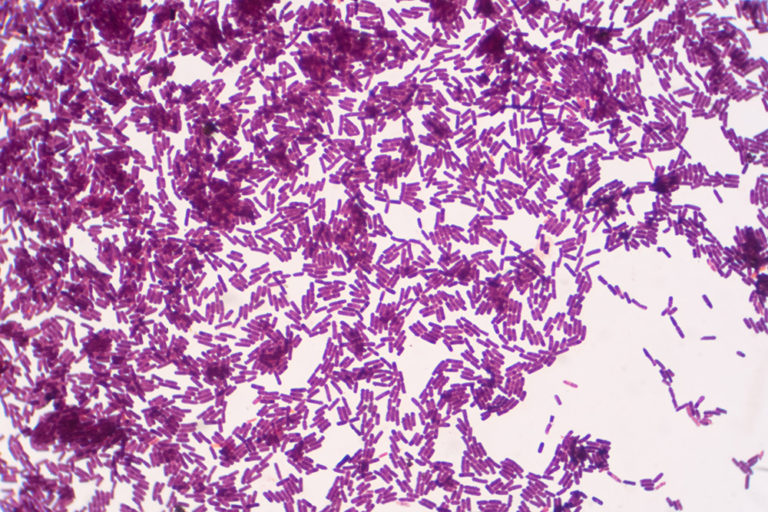Post-Pasteurization Contamination Monitoring: A Canary in the Coal Mine
Post-pasteurization contamination in dairy plants is a warning signal for potential food safety and spoilage concerns. While having an effective sanitation program gets the most attention, good sanitation alone cannot guarantee product quality and food safety. Sampling and testing products during processing are critical for identifying potential sources of post-pasteurization contamination. Possible causes of post-pasteurization…

